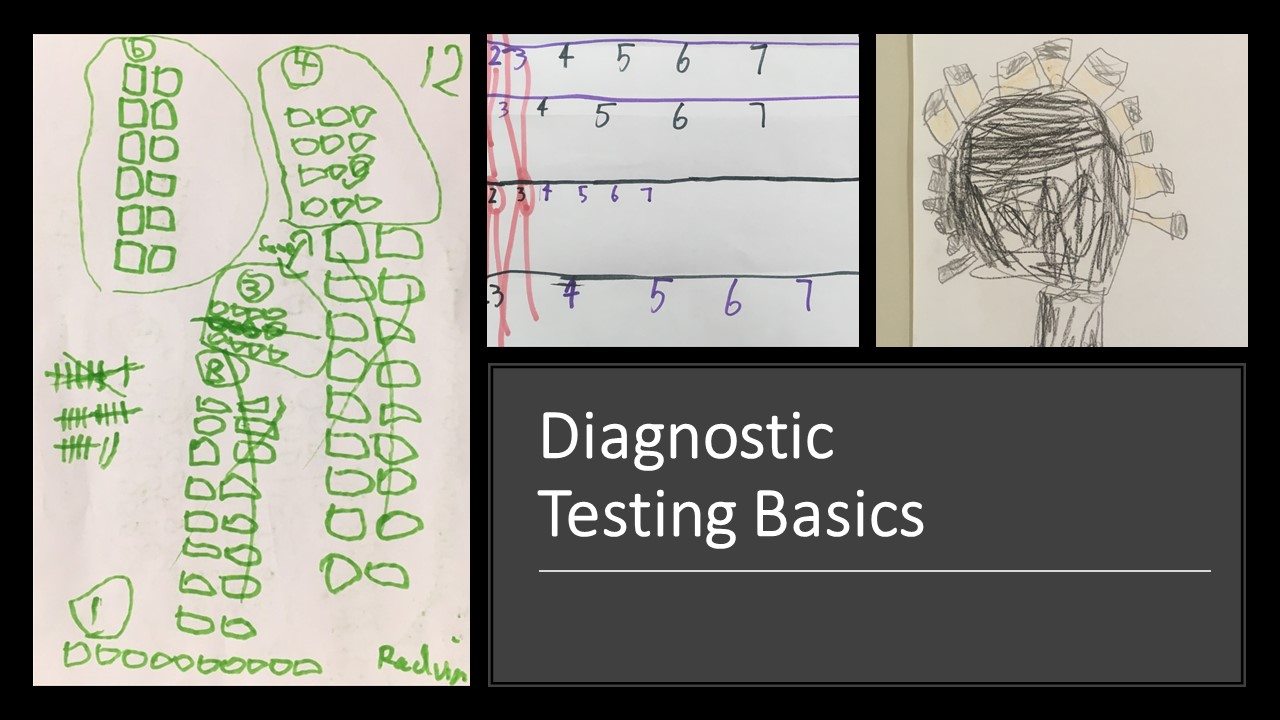
Formative assessment, developmental stages and starting the year well
The goal of formative assessment should always be to find out what each student NEEDS next, rather than focusing

>> Introducing conceptual change programs
Let’s face it – nobody likes being wrong. Not kids, and not us. So, when maths becomes all about the right answers, that makes it tricky for kids to want to try.
One simple adjustment in thinking will go a long way towards fixing this:
Treat maths like a science experiment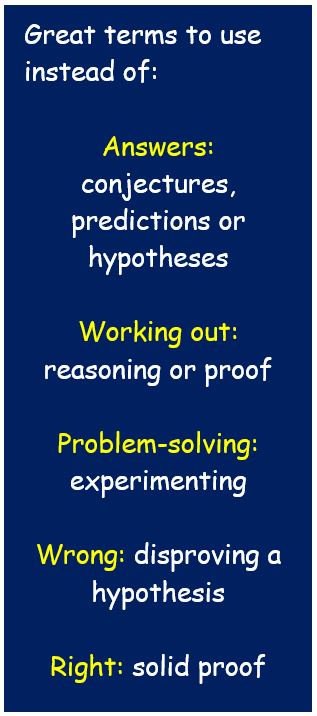
The basic idea is to pose problems for kids to experiment with before explaining how to solve them. Explain that this is new learning, not something that you expect them to know already, and that you are going to make predictions and then try them out until you find a method that works. Students will usually express a degree of nervous excitement at this prospect – it will probably feel a little bit novel, but also feel like they might be exposed to ridicule if they express an idea that turns out to be wrong. It is essential to set the correct tone from the outset. I like to do that by telling stories of great discoveries that only came about after many failed attempts. One of my favourites is Andrew Granville, who ultimately solved Fermat’s last theorem after finding it as a 10 year old and having it bug him for 30 years before finding an idea that might work.
Want more?

The goal of formative assessment should always be to find out what each student NEEDS next, rather than focusing
Recently I’ve been pondering findings from a major report into Australian schooling that kids who are struggling in maths by
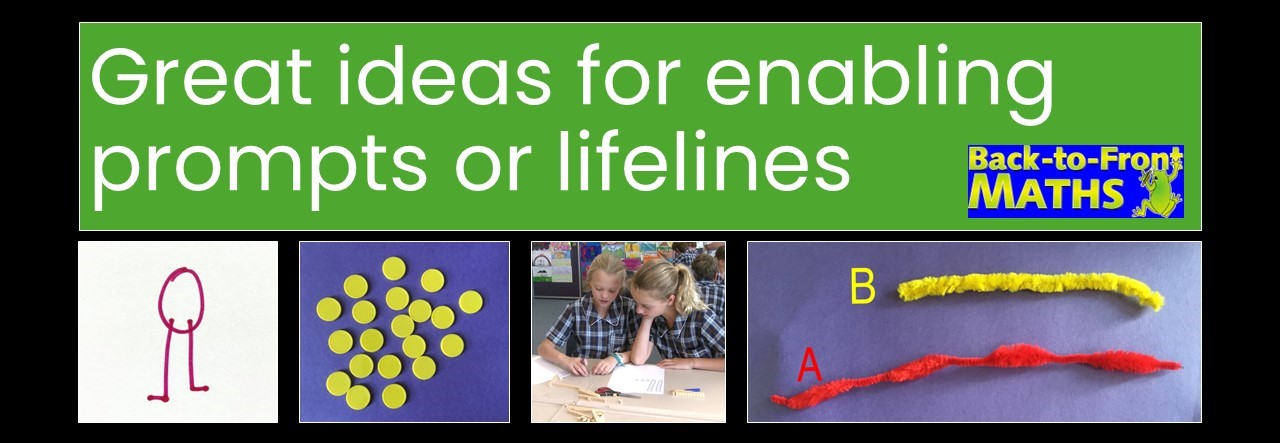
Enabling prompts or life lines are a fantastic way of helping students who are stuck to get started. They do not reduce
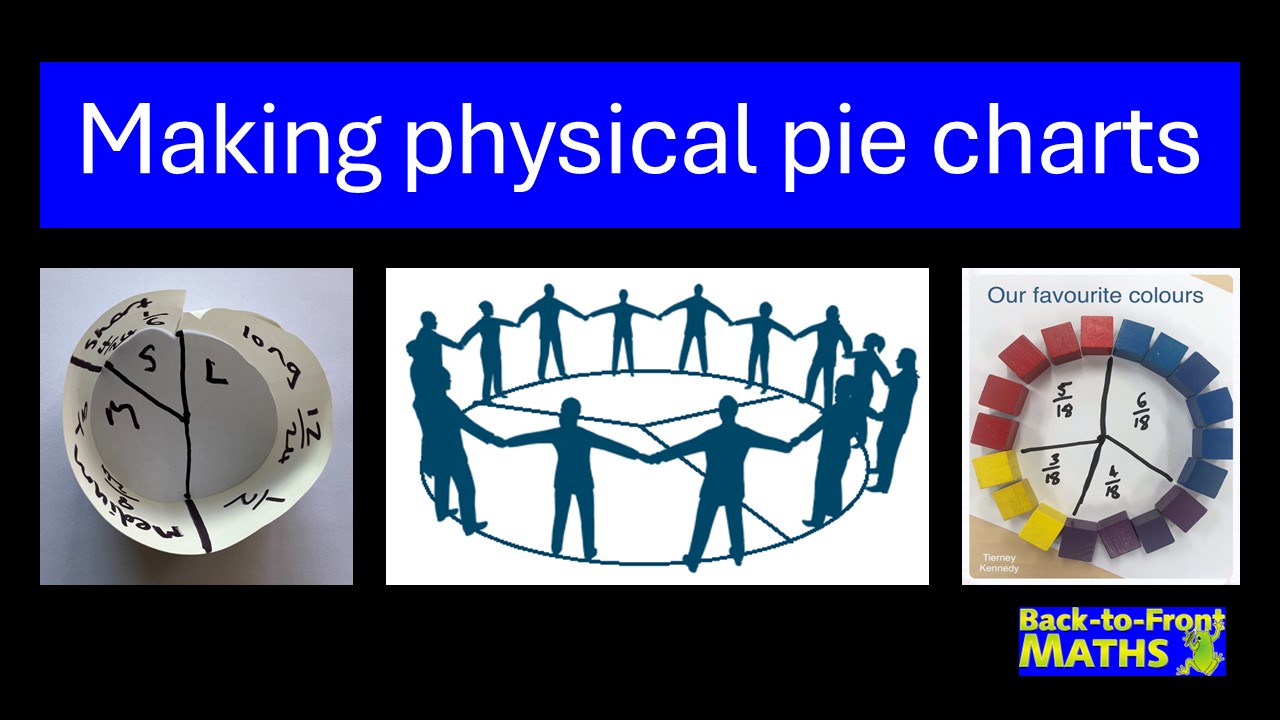
Pie charts are an awesome way of linking statistics, fractions and angles, however they can often be difficult for students
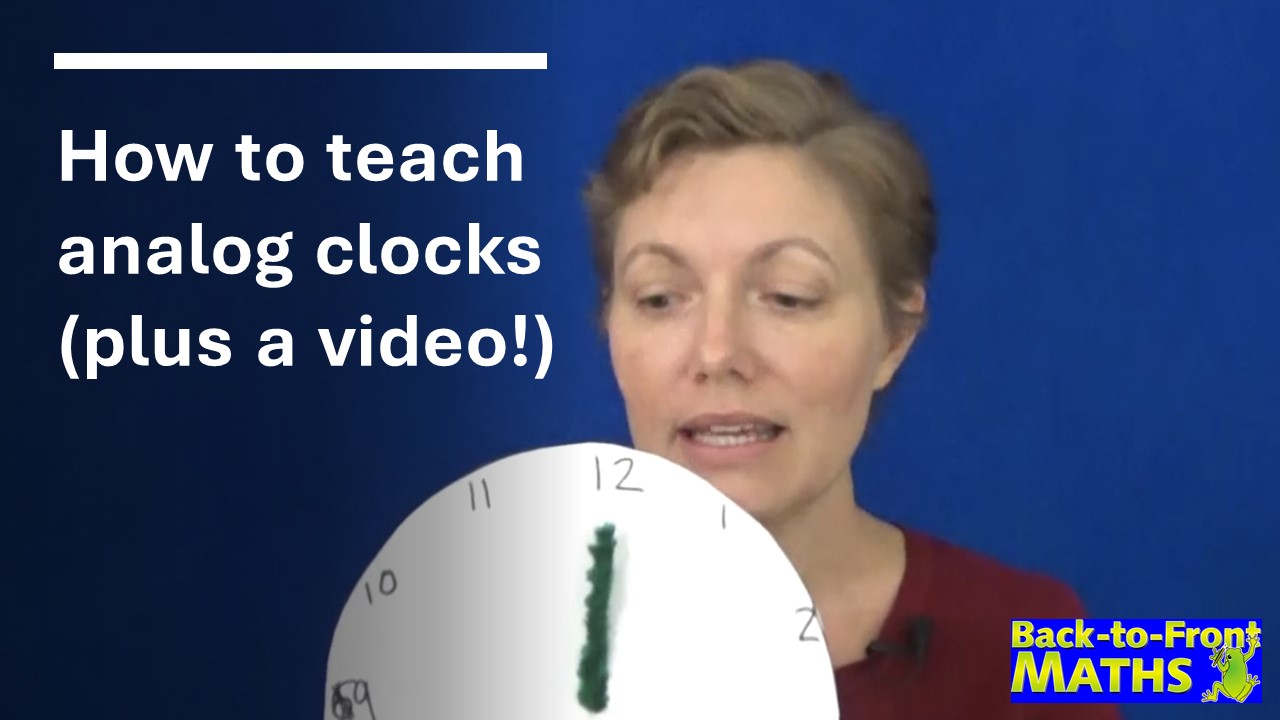
While it may sound counter-intuitive, the easiest way to learn to tell the time is to remove the minute hand
Hundreds charts are great for connecting tens and ones. Why not turn one into a jigsaw puzzle to use in

KENNEDY PRESS PTY LTD
FOR ALL ENQUIRIES, ORDERS AND TO ARRANGE PD:
© COPYRIGHT 2023 KENNEDY PRESS PTY LTD ALL RIGHTS RESERVED TERMS & CONDITIONS